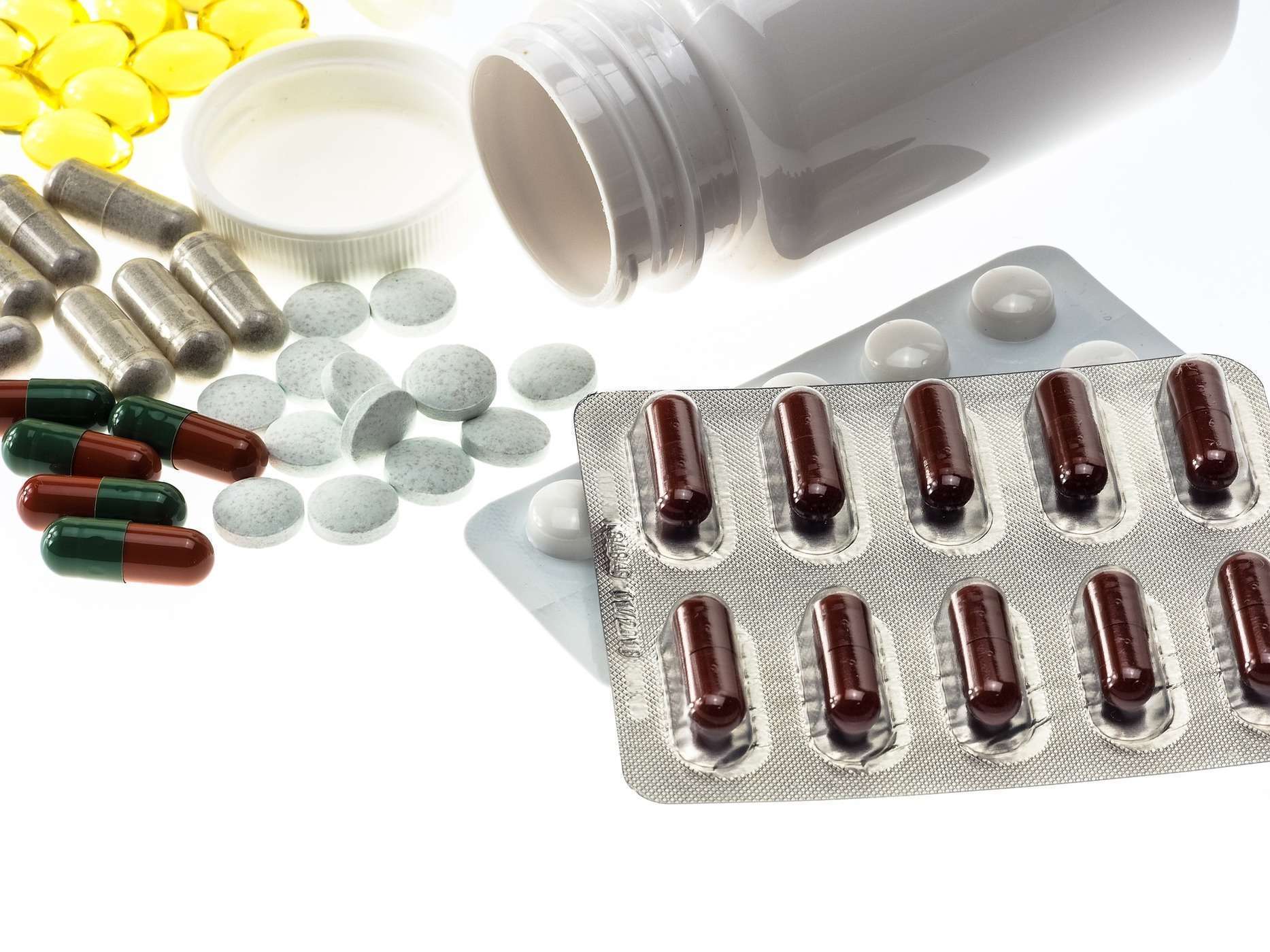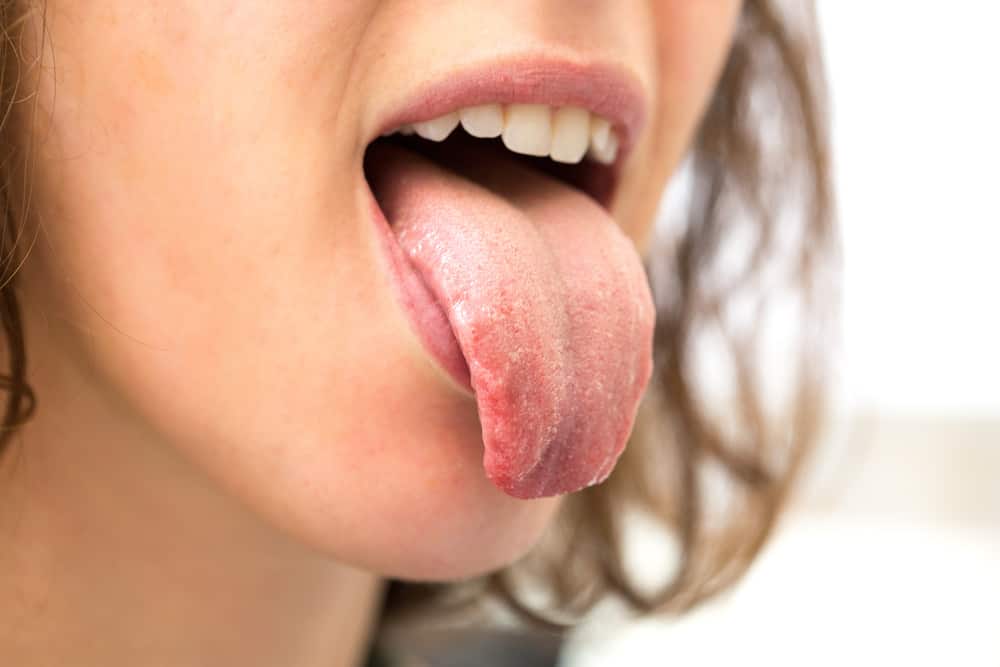Contents:
- Medical Video: 7 Best Natural Treatments for Fatty Liver Disease
- Various side effects of anti-tuberculosis drugs
- What are the symptoms and signs of hepatitis due to tuberculosis drugs?
- I experience the above signs and symptoms, what should I do?
- I am currently on tuberculosis treatment, should I worry?
Medical Video: 7 Best Natural Treatments for Fatty Liver Disease
Tuberculosis (TB) or in Indonesia often called TB, is one of the main causes of death due to infection. About 9 million new cases were discovered in the world in 2004 and 1.7 million people died of TB in the same year. Southeast Asia, including Indonesia, is the largest contributor to new cases and deaths from TB.
The standard treatment regimen given for TB treatment consists of a combination of rifampicin antibiotics, isoniazid, pyrazinamide, ethambutol and streptomycin. In some cases such as resistance, second-line antibiotics can be given. TB treatment requires good compliance from patients. Long treatment times, ranging from 6-9 months, and side effects from anti-tuberculosis drugs (OAT) can reduce the rate of medication adherence.
Various side effects of anti-tuberculosis drugs
Side effects of OAT can be divided into mild and severe side effects. Mild side effects that often occur include appetite, nausea, abdominal pain, joint pain, tingling and redness in the urine. While severe side effects include redness and itching of the skin, purpura, vomiting, appearing confused, hearing and balance disorders, shock, and liver inflammation known as hepatitis.
Drug or drug induced hepatitis (DIC) is known as liver abnormalities due to the use of hepatotoxic drugs. 7% of the side effects of drugs that are often reported are DIC, causing 2% jaundice in hospitals, and causing 30% fulminant liver failure. Drug damage from the drug has shifted hepatitis caused by the virus as number 1 acute liver failure.
Isoniazid, rifampicin and pyrazinamide have the potential to cause liver damage because these drugs are metabolized in the liver. Ethambutol and streptomycin have not been reported to cause liver damage. This liver damage can be fatal if it is not detected and interrupted immediately.
What are the symptoms and signs of hepatitis due to tuberculosis drugs?
The drug's liver reaction is more common in the first 2 months of treatment, although this reaction can actually occur at any time. Symptoms often found in DIC are nausea, vomiting, abdominal pain, and jaundice. Jaundice is easily recognized by seeing a yellowish color in the white part of the eye, this is due to a disturbance in the metabolism of bilirubin in the liver. DIC is difficult to distinguish from viral hepatitis, therefore laboratory tests such as liver and other enzymes are needed. Unlike hepatitis, DIC will improve on its own if drug use is stopped, but can be fatal if continued.
I experience the above signs and symptoms, what should I do?
Doctors will usually interrupt in the form of temporary drug cessation if clinical signs and symptoms are found above. But sometimes, DIC can occur without being preceded by clinical symptoms first, in this case the doctor uses the benchmark results of laboratory examinations.
- Bilirubin> 2 : OAT Stop
- Liver enzymes increase> 5 times: OAT stops
- Increased liver enzymes, symptoms (+): OAT stops
- Increased liver enzymes, symptoms (-): continue treatment, with supervision
Patients are expected to consult with their doctor in advance if symptoms occur. OAT which is usually suspended is rifampicin, isoniazid, and pyrazinamide. The doctor will evaluate clinical symptoms and laboratory results before restarting treatment with these drugs.
I am currently on tuberculosis treatment, should I worry?
Not all patients who are on OAT treatment are exposed to DIC. The incidence of DIC in TB treatment ranges from 2-28%. Some risk factors for a person more susceptible to DIC include:
- Genetic risk factor
- Old age (> 60 years)
- Malnutrition
- There is co-infection with HIV
- Previous history of liver disease, such as hepatitis
- Alcohol consumption












